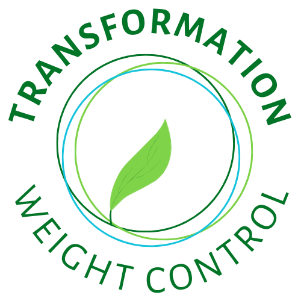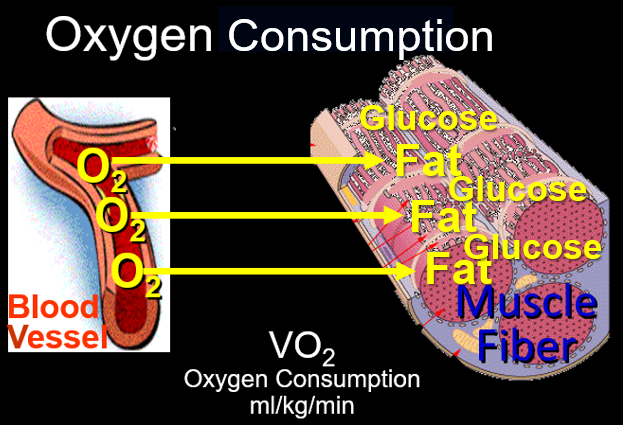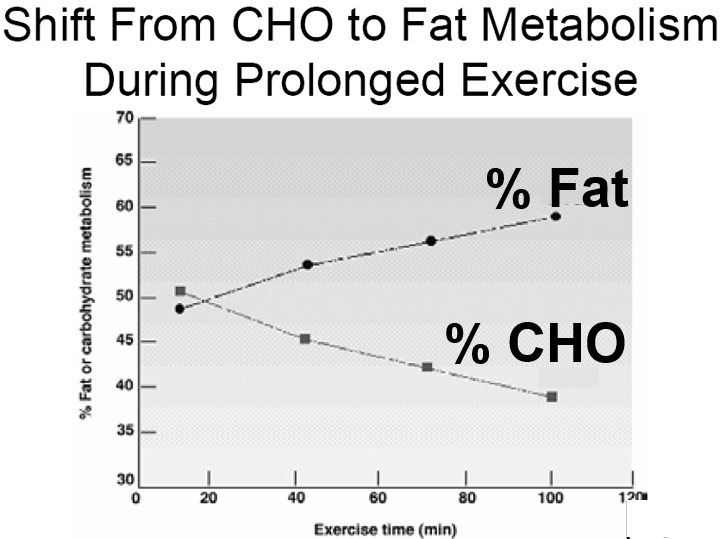
By Rich Weil M.Ed., CDE
Transformation Weight Control
www.transformationweightcontrol.com
Exercise Myth #1: You don’t burn fat for 20 minutes during exercise.
This is untrue. That’s why it’s called a myth! Essentially, it’s suggesting that you are burning all carbs and no fat until you reach 20 minutes. What happens in reality is this: at rest, your muscles are burning both fat and carbohydrate for fuel; approximately 80%-85% of your calories from fat, and the rest from carbohydrate. The percentage might drop to 65% of fat and 35% from carbs if you started walking at an easy pace, drop further if you increased the walking pace, and if you started a moderate-intensity jog or run it might drop to 50% of each macronutrient. At very high intensities, you may burn as much as 85% of your fuel from carbs (Kolnes et al., Frontiers in Physiology, Sept 2021). The more intense the workout the more carbohydrate and less fat you will burn, but at no time, with the exception of very intense and very brief exercise (seconds) would you be burning only carbohydrate and no fat.
Here’s why:
Fat has 9 calories per gram and carbohydrate has 4 calories per gram. Fat is, if you will, the “high test” fuel. Your muscles get more energy from a gram of fat than from a gram of carbohydrate, so it’s preferable to burn more fat than carbohydrate. But here’s the catch. Fat requires more oxygen to be burned in the muscle than carbohydrate because it’s denser, so the muscle must extract, or consume, enough oxygen from the blood stream to burn more fat. Oxygen starts its journey through the body in the lungs from the air you breathe. From the lungs, blood picks up the new oxygen and this oxygen-rich blood flows to the heart. From there, the heart extracts the oxygen it needs to function, then pumps the rest of the oxygen-rich blood through the circulatory system to the muscles to meet the demands of the exercise. Once in the vicinity of the muscle that is contracting, the oxygen is extracted from the blood by the muscle, and fat and carbohydrate are burned for energy by oxygen.
The process of muscles extracting oxygen from the blood is called “oxygen consumption”. Oxygen consumption is expressed as VO2 ml/kg/minute, or volume of oxygen consumed. The precise amount of oxygen consumed can be measured in a lab through the technique called indirect calorimetry. You may be familiar with the term VO2max. That’s the maximal amount of oxygen that the muscles “consume” or extract from the blood stream, and that’s aerobic fitness (frequently called “cardio”). See Figure 1.

Figure 1. Muscle fibers recruit, or consume, oxygen from the blood stream to burn fat and carbohydrate (glucose). This is aerobic fitness (“cardio”) and the oxygen consumption is expressed in VO2. Figure illustrated and adapted by Rich Weil.
The higher your oxygen consumption, the more aerobically fit you are (aerobic means “with oxygen”). And remember, fat is the high-test fuel, it has more than twice the calories as carbohydrate, so the muscles would prefer to burn fat because fat has more energy than carbs; it’s just that the muscles need lots of oxygen to burn fat. Practically speaking, if two individuals who weighed the same were running at the same speed, say 6.0 mph, the more aerobically fit person with the higher VO2 will get less out of breath, deliver more oxygen to the muscle via the blood stream, the muscle will consume more oxygen, and as a result burn more calorie-rich fat as a result. The less aerobically fit person, on the other hand, will not deliver and consume as much oxygen as the more aerobically fit person. In other words, the less-fit individual will not meet all the demand for oxygen, and this is known as “oxygen debt”.
Now let’s take a closer look at the aerobically fit and unfit individuals. Let’s say that they both weigh 150-pounds, and they both run at 6.0 mph for 30 minutes (3 miles). They would both burn the same number of calories (about 300), but the aerobically fitter person with the higher VO2 would burn a higher percentage of fat than the less fit individual because their blood stream is delivering more oxygen to the muscles, and the muscles are consuming more of that oxygen; enough oxygen to burn more fat than the less fit individual because the less fit individual is in oxygen debt. When oxygen is in short supply in the muscle (oxygen debt), then carbohydrate is the preferred fuel because it’s less dense than fat and requires less oxygen to burn. So, both individuals are burning the same number of calories, it’s just that the more aerobically fit individual is burning a higher percent of fat. During long endurance events, there is a shift from carbohydrate metabolism to fat metabolism. See Figure 2.(Umass.edu.exercisescience) Note that at rest the percent of fat and carbohydrate burned is about equal, which is sometimes the case.
 Figure 2. Fat metabolism increases as exercise time increases.
Figure 2. Fat metabolism increases as exercise time increases.
Incidentally, during resistance exercise, where the intensity is very high and a set is only a minute or two, there isn’t enough time for the blood stream to deliver lots of oxygen to the muscle, nor for the muscle to consume it, so the primary fuel during resistance exercise is fast-acting carbohydrate, which burns with less oxygen. An extremely high intense and brief bout of exercise, say less than 30 seconds, would create conditions where almost all the fuel burned was from carbohydrate, but this kind of exercise is not sustainable, and you will only last a short time. Now, as a caveat, there are studies to show that one bout of resistance exercise can increase fat burning by as much as 105% during resistance exercise (Ormsbee et al J Appl Physiol. January 2007), but these are very fit and conditioned individuals.
Let me summarize.
1. At rest your muscles burn about 80% to 85% fat and the rest from carbohydrate. You breathe comfortably, without breathlessness. In some cases, the percent of fat and carbs burned at rest is about equal.
2. You start a low-intensity exercise, which immediately increases the demand for oxygen by the muscles, so you breathe a little harder to meet the demand, but you are still burning both fat and carbs, it’s just that you might be burning more carbs and less fat than at rest, say 75% carbs and 25% carbs, because slightly less oxygen is available in the muscle to burn more fat.
3. As you increase the exercise intensity, the demand for oxygen and fuel increases, you start to breathe harder to meet the demand, the amount of oxygen available and consumed by the muscle also increases to meet that demand, but even though oxygen consumption increases during more intense exercise, there still may be not enough oxygen to tip the scale toward burning more fat, thus more carbohydrate is burned than at rest or lower intensities.
As you can see, you’re burning both fat and carbohydrate at rest, slightly less fat and more carbs with low-intensity exercise as oxygen debt increases, and an even higher percent of carbs and less fat at high intensities. But you’re always burning fat (except at the very highest intensities for moments), so it’s a myth that it takes 20 minutes to burn it!
©️ 2023-2024 Transformation Weight Control, LLC. All Rights Reserved.